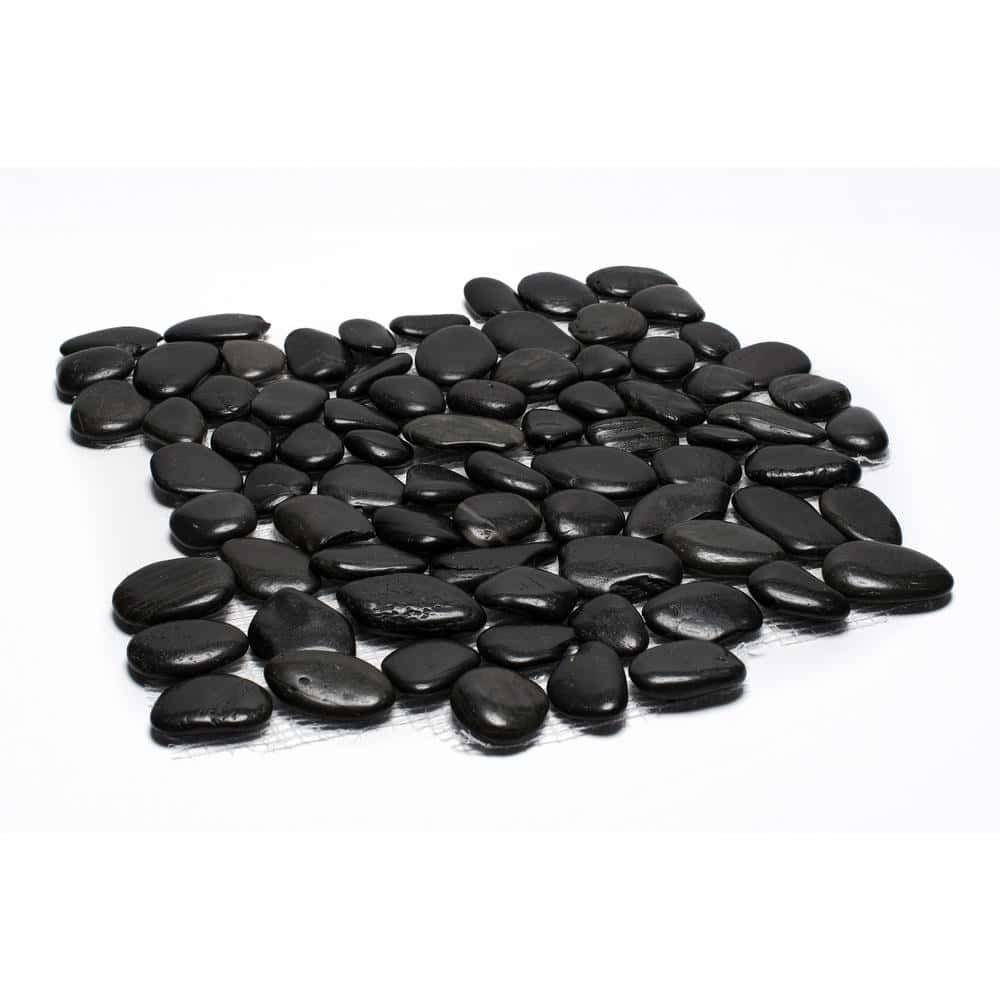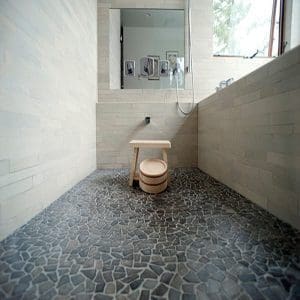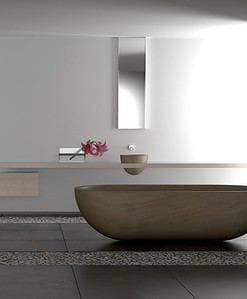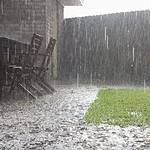
The Most Popular Pebble Tile Myths Busted
Pebble tiles are an interesting trend that has taken hold of the home project front in recent years, and shows no sign of slowing down. People love the natural look and unique texture these stone-studded tiles provide, boosting the bathroom or kitchen aesthetic easily, without having to spend a ton of money on installation.
However, with every new product on the block comes skepticism, and from this certain misconceptions may arise. Is the glorious pebble tile too good to be true? Behold, while some gripe that this type of flooring has its fair share of problems, it’s important to remember that many of these problems can be prevented simply by correctly installing the tiles.
In this post, we look at some of the more common problems or myths we hear about regarding natural stone flooring, and what the truth is behind the grout.
Myth No. 1: Pebble Tiles Won’t Drain Water Properly in the Shower
This is one of those problems that can arise, but only if installation and stone choice is subpar. For example, river rock pebble tiles are notorious for holding in moisture. As well, if the tile grout isn’t filled enough, water can get stuck in crevices, holding moisture.
In humid circumstances, this can lead to mold growth that can be a pain to clean. However, by ensuring the grout is filled enough, drainage shouldn’t be a problem.
And the river rock dilemma? Not to worry- pebble tiles come in all varieties of stones. Sliced pebbles make it easier for water to drain, or try an elegant Black Polished Pebble Tile for a sleek, uniform look in the shower.

Myth No. 2: You Can’t Have Pebble Tiles if You Live in a Hard Water Zone
Hard water can be a pain for interior design purposes. Mineral build-up happens over time, which is bad news for pebble tiles when it comes to maintenance. However, don’t let anyone tell you that having natural stone flooring with hard water isn’t possible.
There are a couple of different options here. First, if you have pebble tiles in your shower, a regular cleaning with vinegar should keep mineral deposits at bay, which shouldn’t be a big issue since everyone is cleaning their bathrooms at least once a week, right?
If you want as low maintenance as possible, then try incorporating pebble tiles in a different way so that it’s still part of your design, but don’t come into contact with water. For example, you could install the tiles as a kitchen or bathroom backsplash. One of the biggest benefits of this type of material is that it is highly versatile and can be used virtually anywhere within the home.
Myth No. 3: Pebble Tiles Hurt Your Feet
Once again, it’s all about installation and also personal preference. Many people love the feel of the smooth, rounded stones under their feet, likening it to a relaxing foot massage. However, some people are certainly more sensitive than others and may find the uneven texture uncomfortable.
There are two ways to get the feel just right. For one, you can use sliced stone tiles to create a flat surface that is easier to stand on as opposed to a rounded surface. You can also be mindful to use enough grout during installation, lessening the severity of the rounded edges of the stones.






Leave a Reply